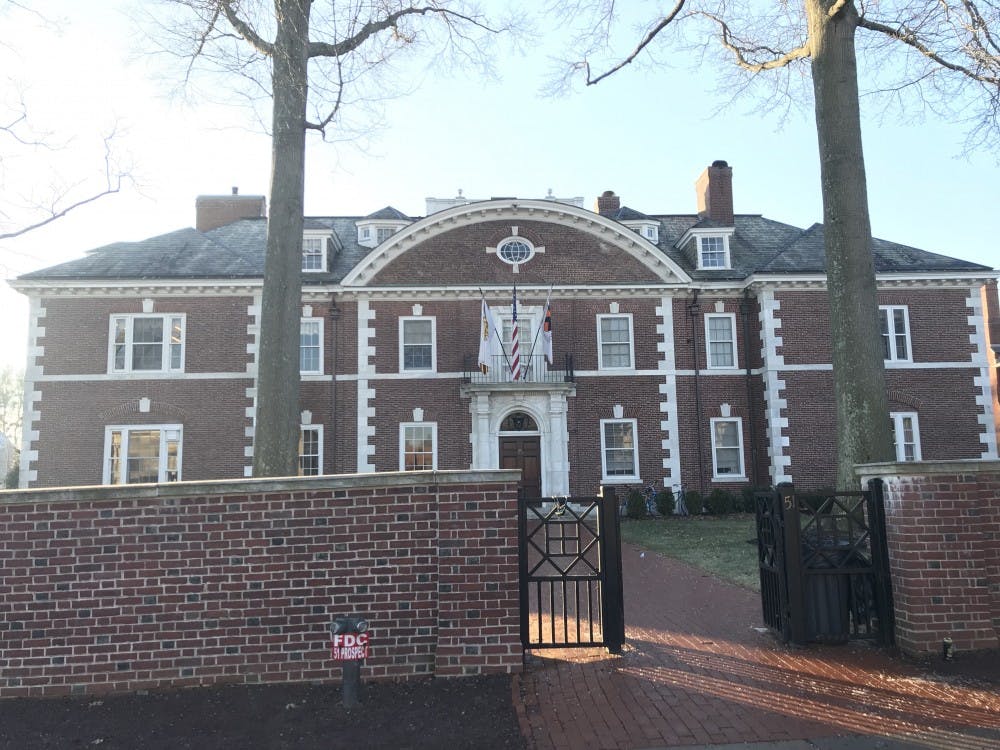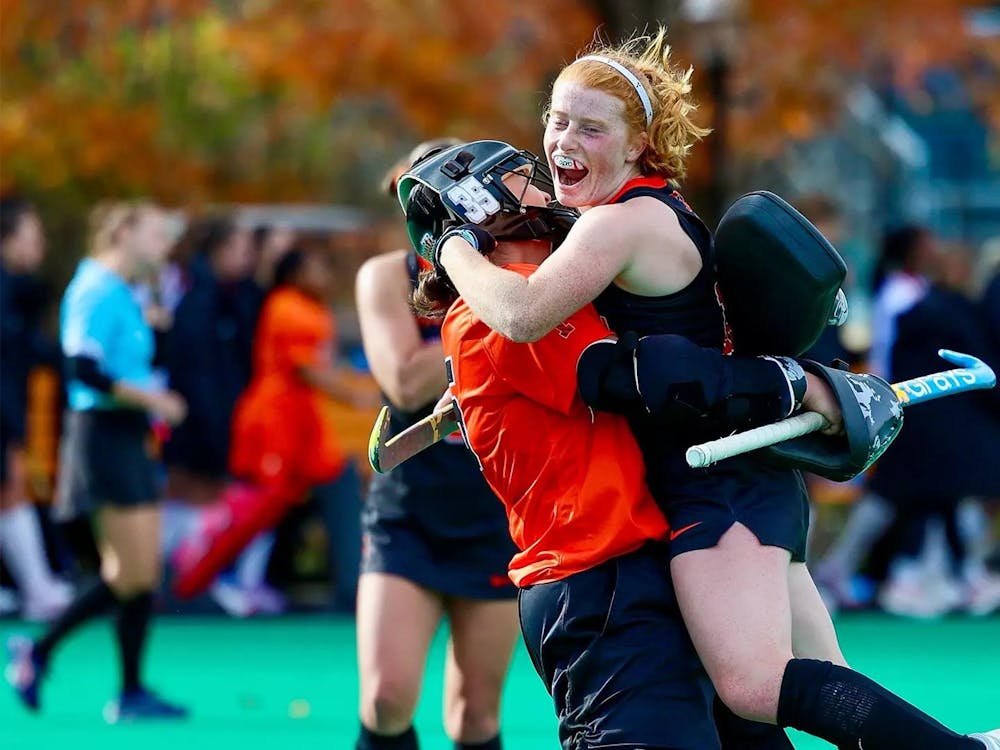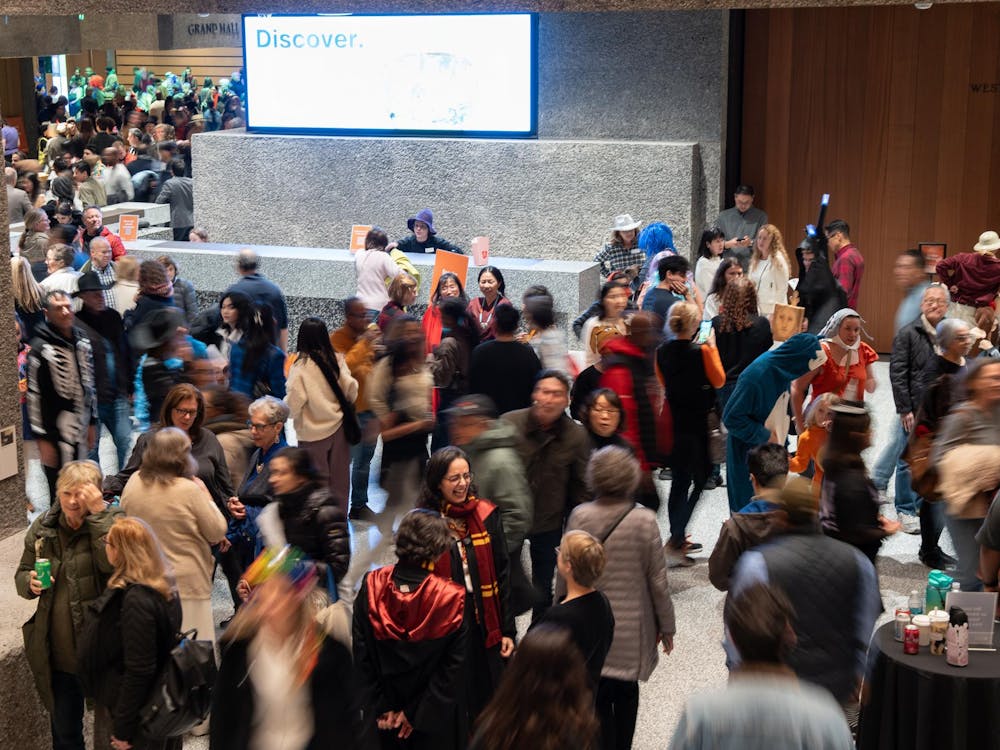Sophomores make two important decisions during their spring semester. They choose their eating club and their concentration. Statistics derived from Tigerbook, the University meal exchange website, and the Office of the Registrar indicate that socioeconomic status may affect both decisions.
Students in eating clubs whose members came from towns with higher median household incomes were overrepresented in humanities and social sciences departments, while those in eating clubs whose members hail from towns with lower median household incomes were overrepresented in the sciences.
The data shows not only that students of certain concentrations dominate particular eating clubs but also that members of certain eating clubs dominate entire departments — including some of Princeton’s largest departments.
Bicker club members compose 48–59 percent of politics, history, economics, and the Wilson School (WWS) concentrators, despite representing just 39 percent of upperclass students overall. But 20 percent or less of physics, chemistry, and mathematics concentrators are in those clubs.
Sign-in club members compose 31–41 percent of students in the chemistry, mathematics, and chemical and biological Engineering (CBE) departments. Twenty percent of upperclass students are in nonselective clubs. They are 15 percent or less of politics, sociology, and WWS concentrators.
I previously reported that American Bicker club members are from towns with median household incomes on average $2,832 greater than those of sign-in club members.
Independent and residential college members are highly represented in physics, geosciences, and comparative literature. They are least represented in economics, history, psychology, and operations research and financial engineering (ORFE).
A few clubs drive most of these differences.
Collectively, Ivy Club, Tiger Inn (TI), Cannon Dial Elm Club, and University Cottage Club have 40 percent of all WWS concentrators but only a quarter of upperclass students. Cannon, TI, and Cottage have around 35 percent of all history and economics concentrators. Together, the clubs represent 19 percent of juniors and seniors.
A student is twice as likely to find an Ivy or Terrace Club member in the philosophy or art and archaeology departments as elsewhere on campus. The clubs are demographically similar in terms of the average wealth of members’ hometowns and the percentage who come from major U.S. cities.
The Colonial Club, Quadrangle Club, and Charter Club have 21 percent of chemistry concentrators and just 9 percent of the Classes of 2019 and 2020. Colonial and Cloister Inn are doubly represented in ORFE. Terrace and Colonial members compose a third of mathematics concentrators in spite of being a tenth of upperclassmen.
Implications

I interpret these results to show that socioeconomic status is a possible factor in students’ decision to join departments.
Ten years ago, the Undergraduate Student Government’s (USG) COMBO survey reached a similar conclusion. Self-identified lower-income students were more than twice as likely as upper-income students to say that “expected financial prospects” were a significant reason for choosing a concentration.
On a national level, parents’ income is highest for students in the humanities, according to a study by the National Center for Education Statistics. Over in the United Kingdom, researchers found that young adults with elite surnames disproportionately flock to those same fields.
Aside from future jobs, students coming from an average public high school may avoid niche subjects because they don’t have prior exposure to them. Someone going to a well-funded private boarding school has ample opportunity to delve into Latin or sociology as opposed to a person in a struggling high school that cuts classes to focus on math and English.
Faculty and administrators should be concerned. As a liberal arts school, a well-rounded education is supposed to be more important than pre-professional development.
Academic elitism is another concern. If certain fields of study become too gentrified, students from modest backgrounds will be deterred from exploring them.
One could reject my interpretation on the basis that there’s allegedly a lot of socioeconomic diversity among eating clubs’ members. Confounding variables could be responsible for the patterns. And it’s true that many of the departments may be too small to reach any substantive conclusions.
But at the very minimum, this data also anecdotally shows how various groups of students prioritize socialization. Each club has different informal expectations on when and how often members attend events.
Ivy Tuesdays and Cottage’s Sunday Fundays wouldn’t be possible if more of their members were in departments that have strict problem set deadlines at the start of each week. Alternatively, Charter’s parties wouldn’t be constrained to Fridays had its members pursued concentrations with open-ended homework assignments.
* * *
The Rule of 10
While I was crunching the data for the departments, I stumbled upon some statistics that highlight challenges on the Street.
Based on the meal exchange website roster, 59 percent of upperclass students are currently members of eating clubs, which is far below the commonly cited statistic that 75 percent are in them. Bicker club members outnumber sign-in club members by a ratio of 2:1. A quarter of upperclass students are independent, and 16 percent are on a residential college meal plan.
I calculated retention rates. The number of sophomores who had joined sign-in clubs by the end of February 2018 wasn’t available. To work around that, I created a projection based on the total who signed in between Bicker week and the month’s end in 2017. Fall admissions also aren’t included, which may lower the numbers below the true rates by a few percent.
In the past two years, I estimate that sign-in clubs lost 30 percent of their members compared to only 3 percent for Bicker clubs, a tenfold difference.
Interclub Council president Hannah Paynter ’19 declined to comment.
A variety of hypotheses could explain this trend. Sign-in members generally come from lower socioeconomic levels than Bicker members, so the financial benefits of becoming independent may pull them away. Maybe science departments’ workloads make them ditch their social lives for lab work. Or perhaps students are less loyal to unexclusive clubs.
“One of the bigger concerns of mine is that the U. community is kind of hypocritical,” past ICC president Christopher Yu ’17 previously told a Daily Princetonian reporter. “We still buy into this system — whether this system is exclusivity, or selectiveness, or wanting to be part of social groups that we find are similar to us.”
In any case, sophomores should breathe a sigh of relief after reading this data. They demonstrate that their dining decision in the spring is not permanent, and upperclass life is a lot more open than originally thought.
Liam O’Connor is a junior geosciences major from Wyoming, Del. He can be reached at lpo@princeton.edu.








